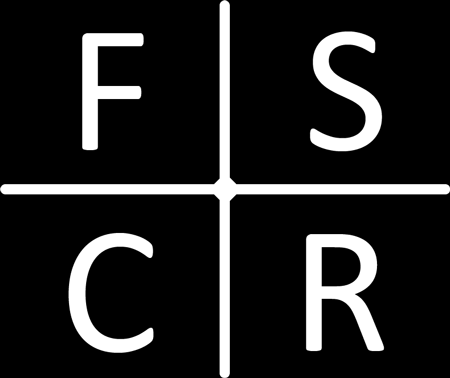The Deadlift is a staple exercise in most strength and conditioning programmes to develop the muscles of the posterior chain (erector spinae, glutes, hamstrings) and the quadriceps. There are several variations of the Deadlift but for footballers we prefer to utilise the Trap Bar Deadlift (TBD) as opposed to the traditional Straight Bar Deadlift (SBD), here are a five reasons why:
-
The TBD is safer when working with large groups of athletes – The biomechanical set up of the TBD allows the athlete to assume a greater upright position. This is due to the load being closer to the athlete’s centre of mass and therefore it is less likely when high loads are being lifted that the athlete will flex at the spine. The SBD biomechanically forces the athlete to have greater hip flexion. This is due to the load being in front of the athlete’s center of mass and therefore it is harder to maintain a neutral spine with high loads placing a greater risk of injury if form is broken and the spine is flexed. This is an important note to consider if your athlete has had a history of back pain.
-
The TBD has a higher level of specificity to jumping – Research comparing knee and hip flexion peak joint moments for the TBD and SBD found that the TBD produced 182.5Nm and 325Nm of force respectively (1). The SBD produced 96Nm and 353Nm of force respectively. A greater contribution of knee peak forces and therefore greater quadriceps activation (2) makes the TBD biomechanically similar to jumping, unlike the SBD.
-
The TBD is more effective at developing maximal force, power and velocity – Recent research has found the TBD significantly (p<0.05) demonstrates greater peak force, peak power and peak velocity in comparison to the SBD (2). This is due to the biomechanical set up and greater distribution of load across the hip and knee joints that will induce a greater total amount of muscle recruitment.
-
The TBD is easier to learn – Working in sport you have very little time for learning exercises. The TBD has a much shorter learning period then the SBD and therefore it can be introduced earlier within the athletes training programme.
-
The TBD requires less hip mobility – Although optimal hip mobility is always our goal it can take time to develop in athletes with poor hip range of movement. The TBD allows you to continue developing maximal force, power and velocity whilst improving the athletes hip mobility.
With the advantages of the TBD over the SBD laid out it is important to remember that all exercises have their place. We do utilise the SBD, especially if we are looking to increase erector spinae strength and therefore need a hip dominant exercise. But due o the constraints of working in elite football such as low strength training ages, lack of time for learning and the risk of injury to an athlete who might be worth millions of pounds, our go to exercise most of the time will be the TBD.
References
-
Swinton, P.A., Stewart, A., Agouris, J., Keogh, J.W., & Lloyd, R. (2011). A biomechanical analysis of straight and hexagonal barbell deadlifts using submaximal loads. Journal of Strength and Conditioning Research, 25 (7).
-
Camara, K.D., Coburn, J.W., Dunnick, D.D., Brown, L.E., Galpin, A.J., & Costa, P.B. (2016). An examination of muscle activation and power characteristics while performing the deadlift exercise with straight and hexagonal barbells. Journal of Strength and Conditioning Research, 30 (5).
